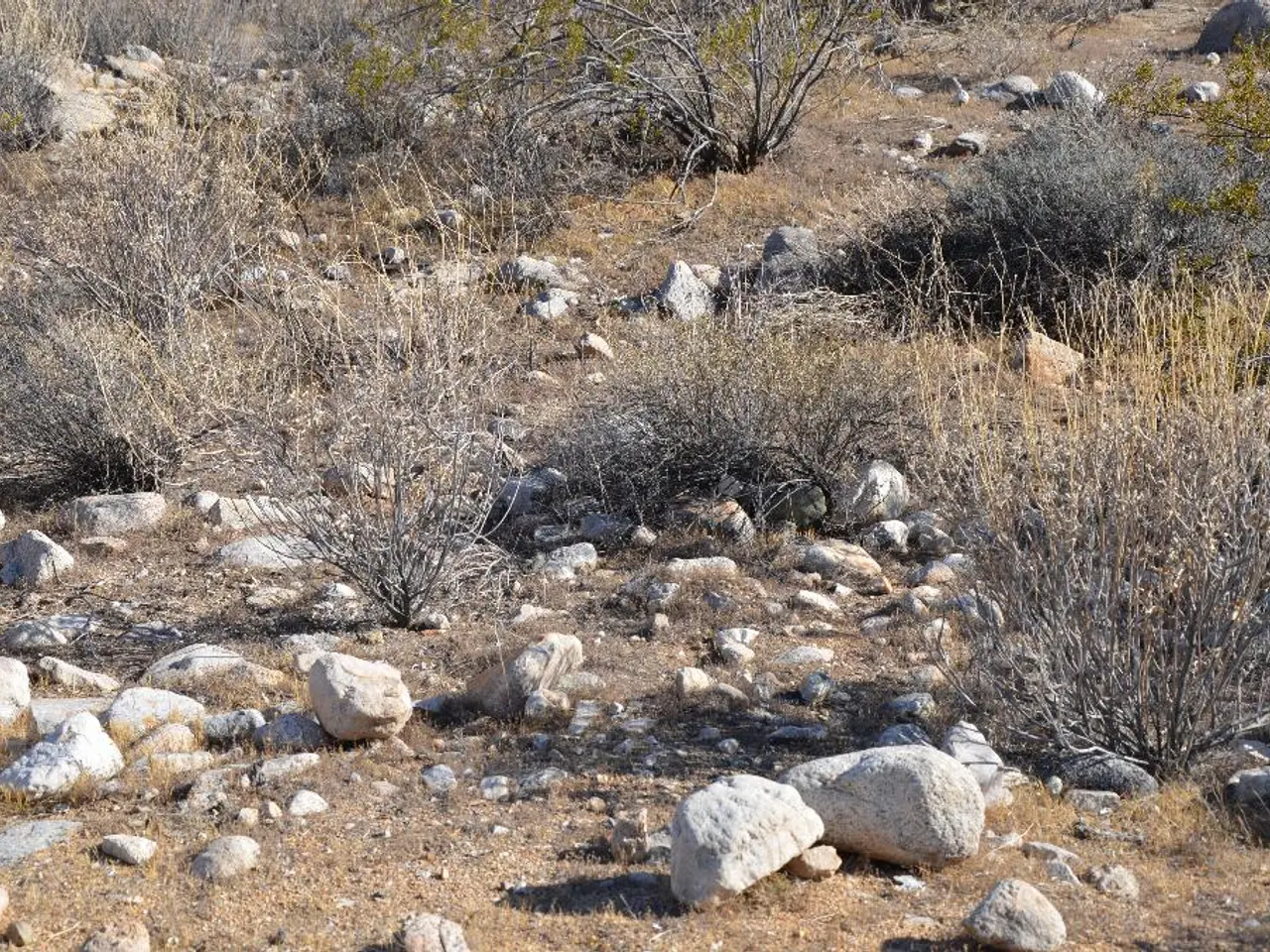Plants that thrive on wood ash: A list of 12 species that appreciate the alkaline soil condition
Wood ash, a byproduct of burning wood, is more than just a residue. It's a rich source of essential nutrients that can boost plant growth and health. Here's a look at some plants that benefit from wood ash as a fertilizer, along with some usage tips.
Vegetables
Tomatoes, peppers, squash, and watermelons are among the vegetables that thrive with the addition of wood ash. The high calcium content in wood ash helps prevent blossom end rot in these fruiting plants. Wood ash also supplies essential nutrients such as soluble phosphorus and potassium, which support overall plant health and flowering.
Herbs
Basil, a popular herb for its culinary uses, thrives in slightly acidic to neutral conditions. Wood ash helps deter insects that love to chew on the vegetative parts of the basil plant, while providing necessary nutrients.
Common sage is another herb that benefits from wood ash. Sage tolerates strongly acidic to slightly alkaline soil conditions.
Arugula, an herb that is rich in calcium, magnesium, and manganese, also benefits from wood ash. The nutrients in wood ash help provide these critical nutrients to the leaves of arugula.
Flowers
Roses require a rich substrate to grow well, and wood ash is a fantastic fertilizer for them. The best time to add wood ash to roses is just before the peak growth season begins in the spring or early summer.
Phlox is a beautiful perennial plant that creates pastel-colored inflorescences. It thrives in USDA hardiness zones three through eight and prefers neutral pH levels. Phlox benefits from organic fertilizers including compost, peat moss, bio humus, and wood ash. These organic fertilizers enhance the production of large and more densely packed flowers.
Lavender prefers alkaline soil, and wood ash is a great addition to the soil for lavender. Applying ash annually at the start of the growing season, around spring, after the soil warms up, can help maintain a desirable pH level for lavender.
Trees
Cherry trees benefit from the application of wood ash as it helps produce more flowers and high-quality fruits. Apple trees prefer alkaline soils that are rich and well-drained. Using wood ash around apple trees' roots makes them stronger and improves the soil's pH levels.
Usage Tips
When using wood ash in your garden, it's important to apply it carefully to avoid over-alkalizing the soil. Apply no more than 10 pounds per 100 square feet annually. Sift the ash to remove large chunks before applying. For best nutrient uptake, apply the ash about two weeks before planting.
Expert Advice
Glen, a gardening expert with over 15 years of experience in garden maintenance, design, and landscaping services, shares his insights on the blog. His latest posts are about Garden Fungicides, Candy Cane Peppers, and Watermelon. Glen creates helpful content for this blog, offering practical advice for gardeners of all levels.
[1] Wood ash contains a high percentage of calcium (25-50%), which promotes fruiting and flowering in vegetable gardens.
[2] Wood ash is a good source of potassium and phosphorus, key nutrients important for plant development.
[3] Because wood ash raises soil pH, it benefits acid-loving plants less; instead, it is best suited for plants preferring neutral to slightly alkaline soil.
[4] Wood ash can be applied to lawns similarly to liming to balance pH levels.
[5] Wood ash helps deter insects that love to chew on the vegetative parts of the basil plant.
In summary, wood ash is especially beneficial for fruiting vegetable plants like tomatoes, peppers, squash, and watermelon, due to its calcium content and other nutrients, but should be used carefully to avoid over-alkalizing the soil. Other plants such as basil, sage, roses, phlox, lavender, cherry trees, and apple trees also benefit from the addition of wood ash to their soil. With proper usage, wood ash can improve your gardening experience and help your plants thrive.




